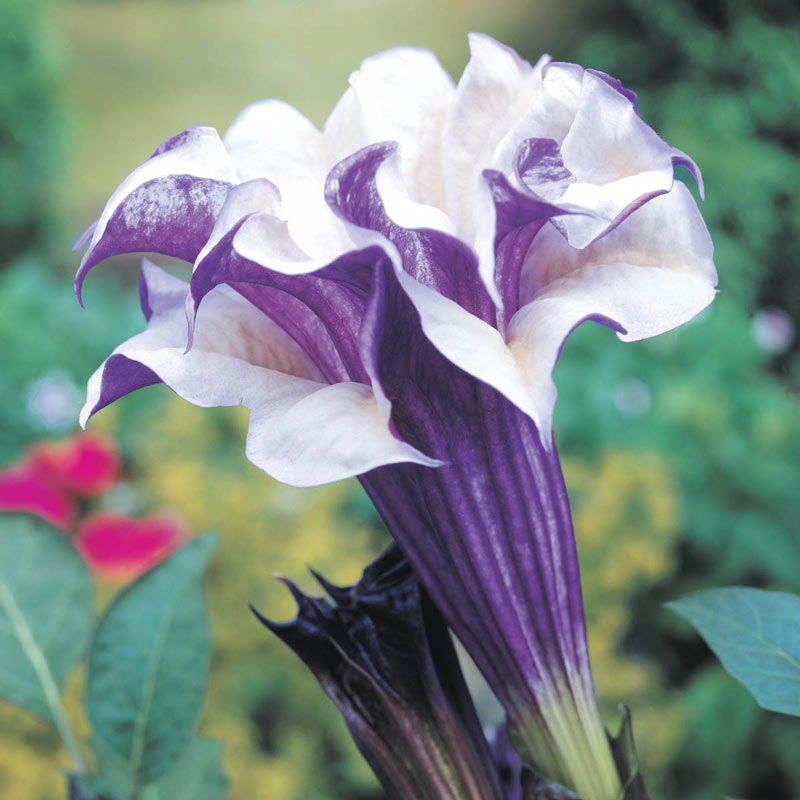
Symon and Haegi noted in 1991 the occurrence on Cuba of an apparently wild plant given the name Datura velutinosa V.R. innoxia is pilose (softly hairy) all over and has a markedly spiny, nodding fruit with a more prominently frilled and reflexed persistent calyx. metel has almost glabrous leaves and fruits that can be nodding or erect and are warty, rather than spiny D. metel is similar, in its above-ground parts, to D. The species, as currently described, is essentially a collection of ancient cultivars likely attributable to pre-Columbian horticultural practices. This precedes the first arrival of European explorers in the Americas. While there now remains no doubt that the species originated in the New World, evidence is mounting that it was introduced to the Indian subcontinent - whether by human agency or some chance natural event is not known - at a date no later than the 4th century CE.

As late as 1992 it was still being claimed that the plant was ".native probably to the mountainous regions of Pakistan or Afghanistan westward." The original home of the plant, although long conjectured to have been India, is now known to have been somewhere in the Americas, probably the Greater Antilles. metel was first described by Carl Linnaeus in 1753, but few botanically correct illustrations were made until after the New World was settled. The fruits break up irregularly at maturity by not dehiscing in four equal valves like those of other Datura species. The seed capsule is covered with numerous conical warts or short, sparse spines. Corolla colour can range from white to cream, yellow, red, and violet. The pleasantly-scented 6–8 in (15–20 cm) flowers are immensely varied, and can be single or double. The leaves are simple, alternate, petiolate, and exhibit entire or deeply lobed margins. It is slightly pubescent, with green to dark violet shoots and oval to broad oval leaves that are often dark violet as well. The stems are hollow, green or purple-black, somewhat woody, and have a strong odour. The species can grow up to 6 ft (1.8 m) high. The roots are a branched tap root, and are not fleshy like roots found in perennial species such as Datura innoxia and Datura wrightii. The plant is an annual or short-lived shrubby perennial herb. Like its hardier and smaller-flowered relative Datura stramonium, it is now of widespread occurrence, although showing a preference for warmer, humid climates. The plant is cultivated worldwide, both as an ornamental and for its medicinal properties, the latter being due to its tropane alkaloid content. It is found notably in India, where it is known by the ancient, Sanskrit-derived, Hindi name dhatūra (धतूरा), from which the genus name Datura is derived.

Datura metel is naturalised in all the warmer countries of the world. Datura metel is a shrub-like annual ( zone 5–7) or short-lived, shrubby perennial (zone 8–10), commonly known in Europe as Indian thornapple, Hindu Datura, or metel and in the United States as devil's trumpet or angel's trumpet.


 0 kommentar(er)
0 kommentar(er)
